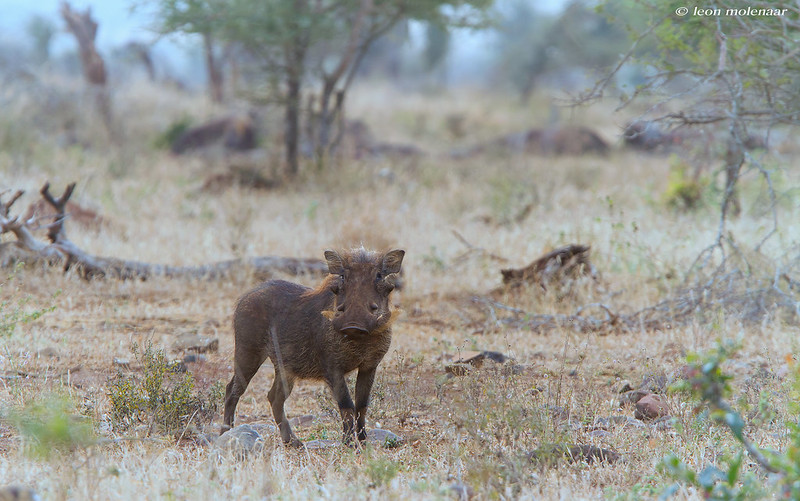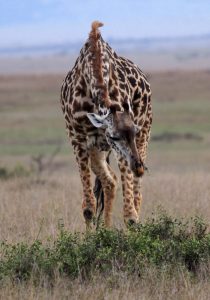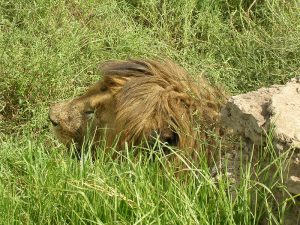Facts about warthogs in Africa.
Embark on an insightful journey into the heart of Africa’s savannahs with Abunda Discoveries Uganda as we delve into the captivating world of warthogs. These robust and peculiar creatures, with their distinctive appearance and unique behaviors, play a crucial role in the vibrant ecosystems they inhabit.
Physical Features and Appearance:
Warthogs, scientifically known as Phacochoerus africanus, are robust members of the pig family. Their most prominent features are the pairs of large, curving tusks that protrude from their mouths. Despite their somewhat menacing appearance, warthogs are herbivores and primarily feed on grasses and plant roots.
Habitat and Range:
These resilient creatures are widely distributed across sub-Saharan Africa, thriving in a variety of habitats ranging from savannahs and grasslands to woodlands and open plains. Their adaptability allows them to endure diverse environmental conditions.
Social Structure:
Warthogs are generally social animals and can be found in groups called sounders. A sounder usually consists of a dominant male, several females, and their piglets. These groups provide protection and support, particularly during times of danger.
Distinctive Behavior – Kneeling and Grazing:
Warthogs exhibit a peculiar behavior known as “kneeling” when feeding. They bend their front legs and kneel down to graze on short grasses, utilizing their tough, wart-like facial bumps for protection. This unique behavior is a testament to their resourcefulness.
Tusks and Defense Mechanisms:
The prominent tusks of warthogs are not just for show. They serve as formidable weapons and tools for digging. In times of danger, warthogs can use their sharp tusks to defend themselves against predators such as lions and hyenas.
Reproduction and Piglet Survival:
Warthogs have a fascinating reproductive strategy. Female warthogs often give birth to a litter of piglets in burrows or abandoned dens. The piglets grow rapidly and learn essential survival skills, including how to escape predators and forage for food.
Ecological Importance:
Warthogs contribute significantly to the ecosystems they inhabit. Their feeding habits help control vegetation, promoting a healthy balance in the landscape. Additionally, their burrows are repurposed by other animals, creating shelter opportunities.
Conservation Status and Threats:
While warthogs are currently listed as a species of least concern by the International Union for Conservation of Nature (IUCN), they face threats such as habitat loss and hunting. Conservation efforts are essential to ensure the continued well-being of these remarkable creatures.
Conclusion:
Join Abunda Discoveries Uganda on an exploration of Africa’s savannahs, where the resilient warthogs thrive alongside a myriad of wildlife. These distinctive creatures, with their iconic tusks and unique behaviors, contribute to the rich tapestry of life in the African wilderness. Appreciate the charm and importance of warthogs as we celebrate their place in the intricate ecosystems that make Africa a truly extraordinary destination.




